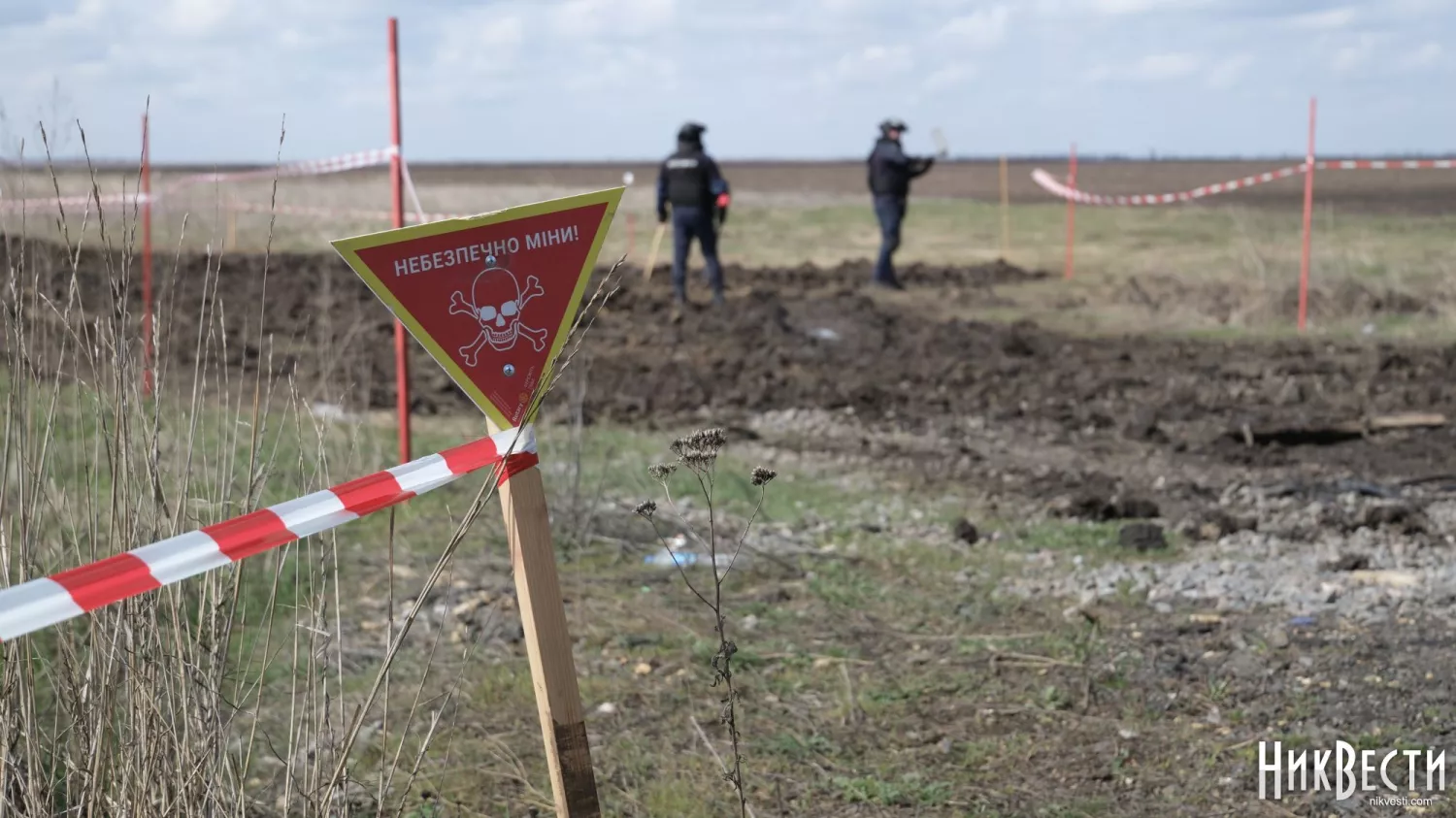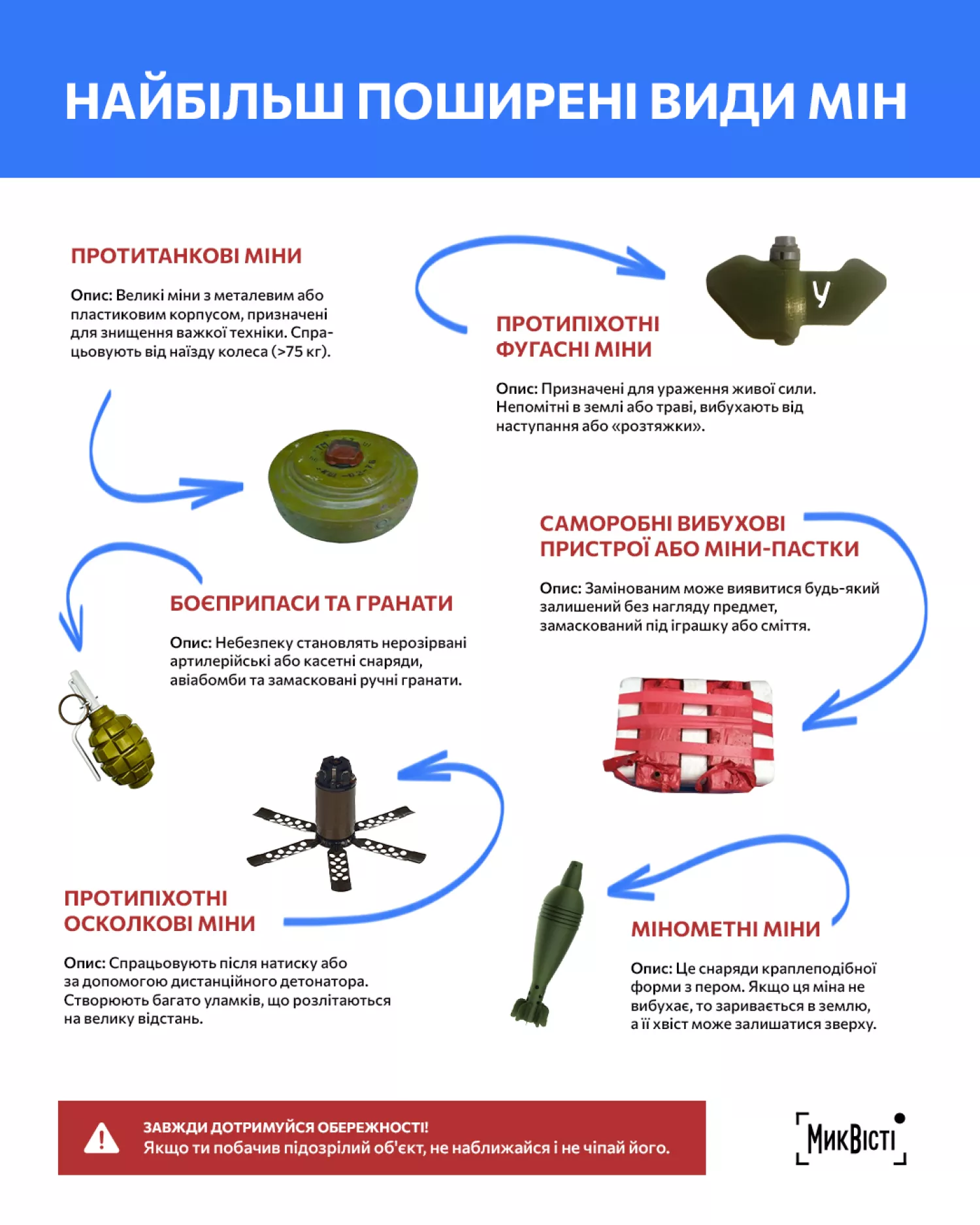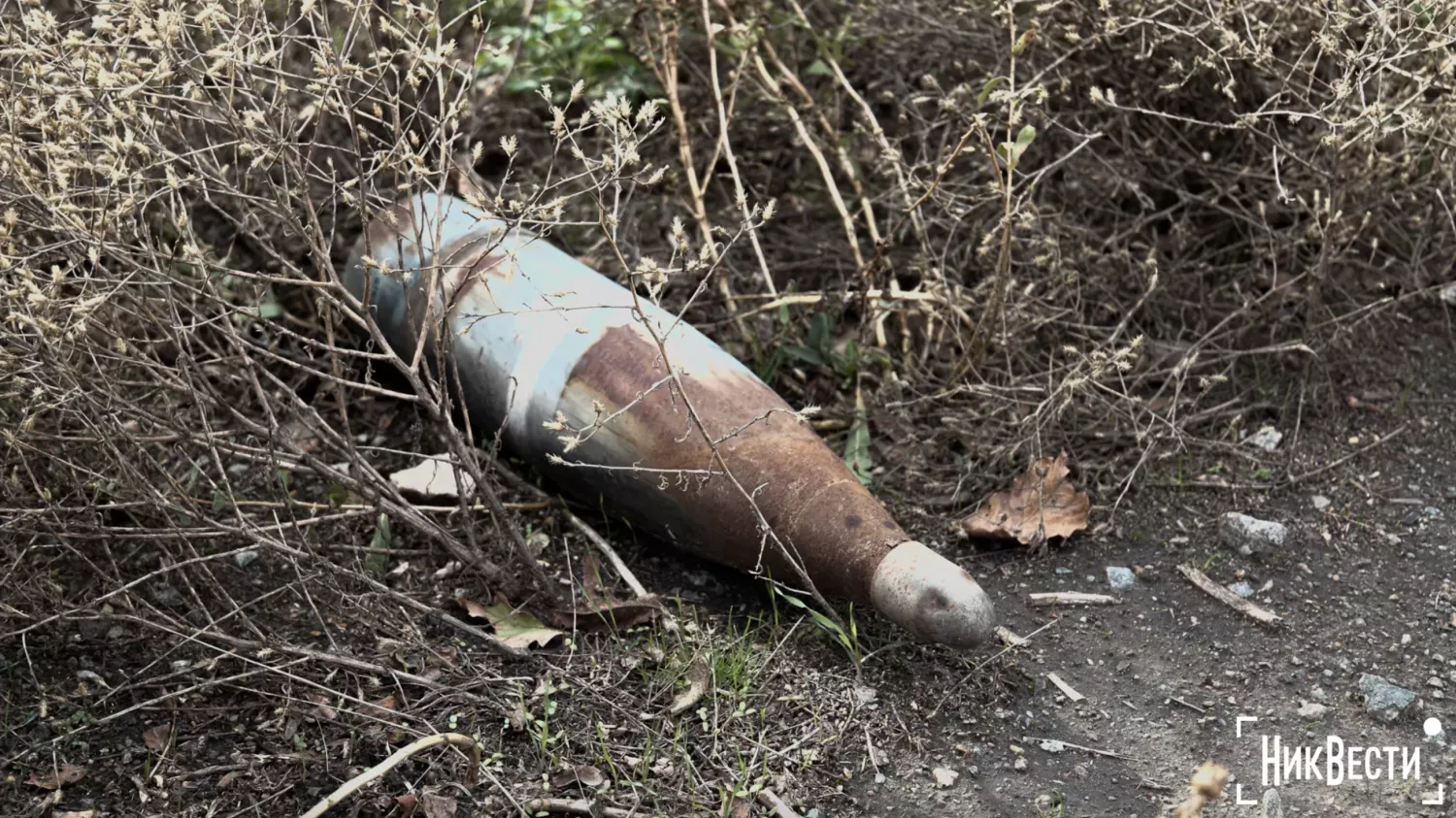Understanding mine types and how to recognize them
- News of Mykolaiv
-
•
-

- Yuliia Boichenko
-
•
-
16:33, 08 November, 2024
After the deoccupation, the Mykolaiv region remains dangerous due to the large number of mines and other explosive objects. They can be anywhere: in fields and forests, on roadsides, in abandoned houses, on streets, playgrounds, etc.
According to the rescuers, in the Mykolaiv region, the occupiers most often left anti-personnel mines. However, it is important to know and distinguish between different types of landmines, as this can save your life at some point. Each of them has its own specifics, activation methods and handling requirements.
The editors of NikVesti provide an infographic of the types of mines, tell about their features and what safety rules should be followed.
What are the types of mines?
Anti-personnel high-explosive mines
The main impressive effect is an explosive wave that destroys everything in its path. Anti-personnel high-explosive mines can cause thermal and chemical burns. They are practically invisible on the ground, they explode when stepped on or when touched to «stretch».
The most recognizable of these is the «butterfly» or «petal» mine, which is brightly colored, attractive to children, shaped like a petal, and usually found in large numbers in a relatively small area.
Anti-personnel fragmentation mines
This type of mine is filled with an explosive substance and metal fragments that fly away during the explosion. They can explode under the pressure of a person or a vehicle. Therefore, they break, creating fragments, which are the main cause of injuries.
Anti-tank mines
Such mines are triggered by hitting a wheel weighing more than 75 kilograms, or by the action of the tank's magnetic field.
Mortar mines
These are teardrop-shaped shells with a feather. If such a mine does not explode, it sinks into the ground, and its tail may remain above. At the same time, the projectile is just as dangerous.
Ammunition and grenades
Dangers include unexploded artillery or cluster shells, aerial bombs and camouflaged hand grenades, including:
- artillery shells of small (up to 70 millimeters), medium (from 70 to 155 millimeters) and large calibers (over 155 millimeters);
- unexploded aerial bombs are dangerous due to the large amount of explosive material;
- cluster shells — scatter hundreds of explosive objects over a large area;
- hand grenades — intended for damage by fragments and a shock wave or a cumulative jet, can be used to create explosive traps.
Improvised explosive devices or mine traps
Any object left unattended, disguised as a toy or garbage, can turn out to be a mine.
A landmine can be any object: a vending machine, a pack of cigarettes, a watch, a toy, etc. They can be installed anywhere and look like an ordinary household item.
Such a mine detonates unexpectedly when a person approaches or disturbs a seemingly harmless object, or performs a seemingly safe action.
How do mines work?
Mines are designed to kill or injure a person or disable a vehicle. they can detonate:
- under direct pressure;
- with the help of screeds, bars;
- through command detonation;
- a certain combination of these methods.
Mine casings are usually brown, olive, green, black, gray, or a combination of colors. Some explosive mines are still made of metal or wood, but most modern mines are made of plastic.
They are difficult to detect with standard metal detecting equipment. Such mines may be waterproof and therefore dangerous even if covered by water.
So if you see mines, use the main rule: do not approach, do not touch, call 101.
That is, when a suspicious object is detected, first of all, it is necessary to stop and calm down. In no case should you approach a suspicious object or move it from its place. Instead, you should move to a safe distance (at least 100 meters) in the same way you were walking before. And then inform the rescuers about the find.
Read also articles by NikVesti:






